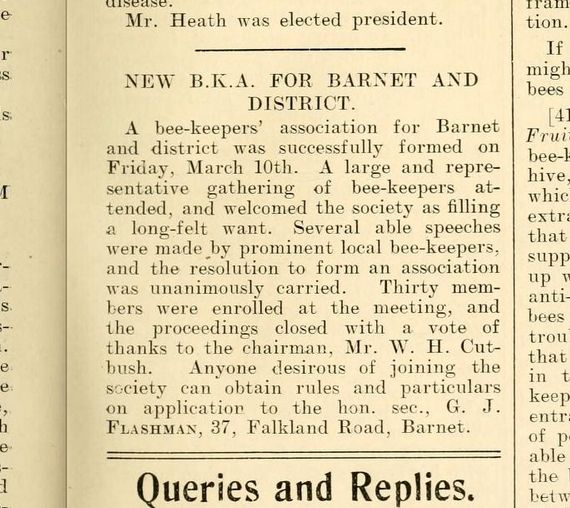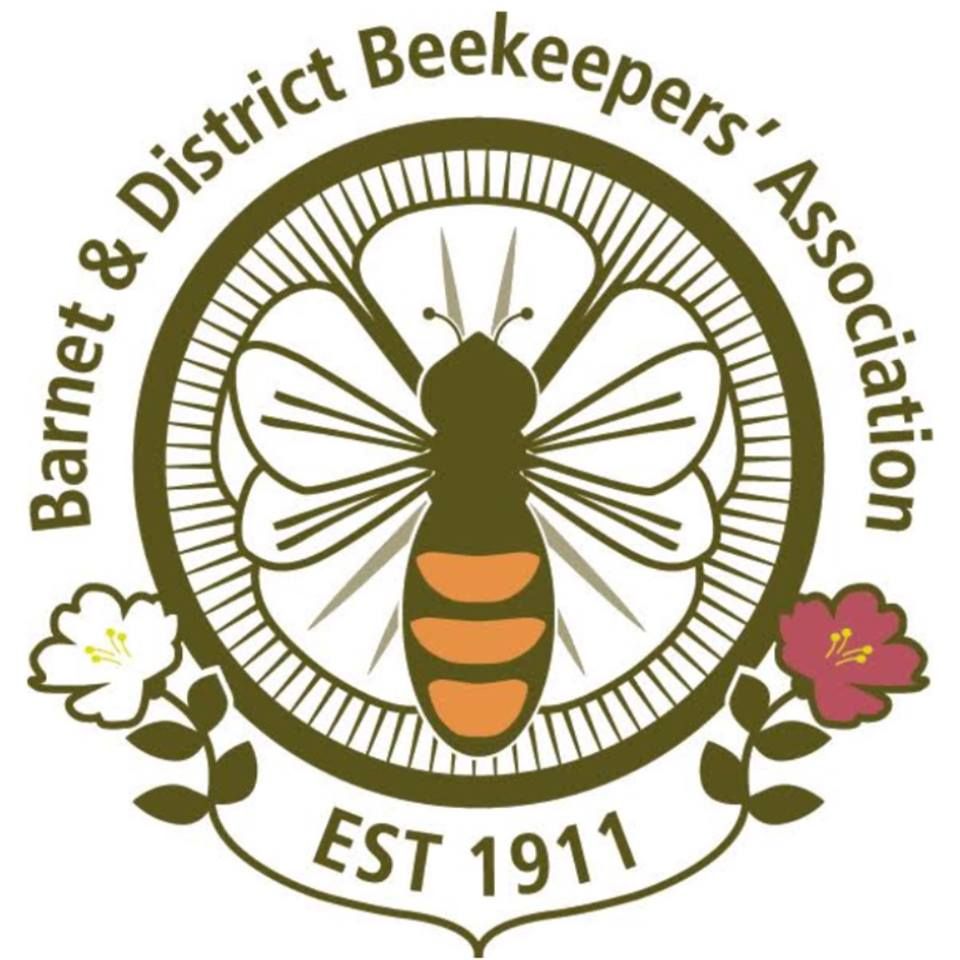The Rejuvenation
At a stormy AGM in November 2003 the remaining Association members unanimously rejected the proposition to dissolve the Association and a year later in November 2004 a new committee committed to make positive changes to the Association took over the management and day to day running of the Association.
The greatest change was to adopted a policy of actively recruiting and training new beekeepers, this coincided with the growing awareness of the natural environment, the importance of the honey bee and our dependence on its survival.
An active training program was developed for the new beekeepers, supported by a search for, and securing of, suitable sites within the Barnet area to provide members with an apiary to keep their bees who otherwise would not have been able to. Since this point the Association has grown and continues to thrive.
In 2011 we celebrated our 100th birthday.
In recognition of the Association's Centenary the Association purchased a Silver cup for the Honey Show and hosted a very successful celebration Centenary Dinner at Hadley Memorial Hall with a speech from Celia Davis who is a leading light in the beekeeping world with a distinguished history, several books and many academic and practical accolades.
During 2011 the Barnet and District Beekeepers Association joined the Federation of Middlesex Beekeepers Associations, having previously been affiliated to the Hertfordshire Beekeepers Association since 1997. This move was made primarily due to the boundary changes at FERA which had placed the association in Eastern Region of FERA, whereas the logical and geographical home of the association is in the South East Region of FERA, the natural choice for our Association like other members of the Federation of Middlesex Beekeeepers Associations.

